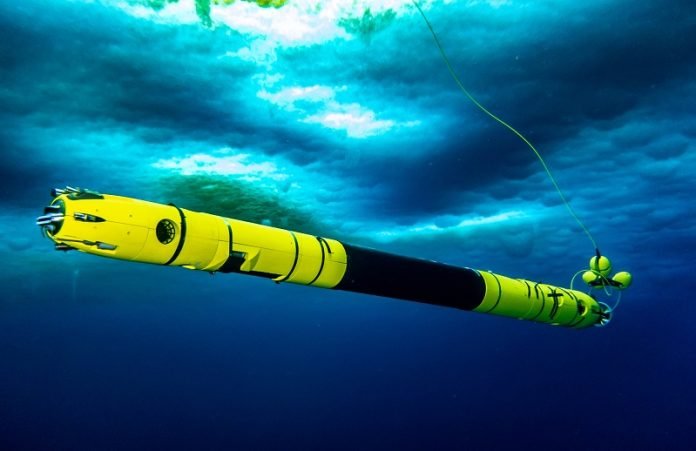
Have you ever imagined what lies beneath the massive ice sheets of Antarctica? Thanks to a cool underwater robot, scientists have found new secrets deep below!
Researchers from Cornell University sent a robot named Icefin on a thrilling journey beneath the ice.
Imagine a long, slender submarine, about the length of a car but not much wider than a baseball bat.
This robot plunged into the dark, icy waters below the Antarctica ice sheets to discover what goes on down there.
During its mission, Icefin climbed up and down deep cracks in the ice known as crevasses. These aren’t just simple cracks; they play a big role in moving seawater around underneath the ice. Why is this important?
Because how this water moves can affect the stability of the entire ice shelf, and in the long run, can even impact the levels of our global oceans!
As Icefin explored, it found a surprising water movement pattern. Instead of just currents going up and down, it discovered a water jet moving sideways through a crevasse.
Think of it like a water slide in a theme park, but sideways! On top of that, Icefin saw a beautiful icy world with different ice shapes and patterns, which change due to the moving waters and different temperatures.
Peter Washam, one of the main scientists behind this adventure, explained that these crevasses move water in ways they hadn’t expected. It’s like nature found its own secret tunnels to move water beneath the ice!
The team sent Icefin on this adventure in late 2019. They made a deep hole in the ice using hot water (yes, like a giant ice-drilling kettle!) and then let Icefin dive down, tethered to a long cord. On one of its dives, guided by a team member named Matthew Meister, Icefin went into one of these crevasses. The robot, equipped with cameras and various sensors, went nearly 150 feet up one side and then down the other, kind of like an underwater mountain climber!
In its journey, Icefin saw the inside of the crevasse change shape. It started with patterns like scooped-out bowls, then vertical channels, followed by greenish marine ice and even icicle-like formations called stalactites. All these features showed how water moves and freezes in different ways inside the crevasse.
Washam said they were amazed by the number of different patterns and the way water moved inside just one crevasse. It was full of surprises!
These discoveries are super important.
If the water below the ice becomes warmer or cooler, it can move around a lot, and these crevasses play a big part in that movement. And if this happens, it can affect how much ice melts and how much our sea levels rise.
In simple terms, by understanding these hidden icy tunnels and the secrets they hold, scientists can better predict how our oceans might change in the future.
So next time you think of Antarctica, remember there’s a whole world beneath those ice sheets, and brave robots like Icefin are helping us uncover its mysteries!
Follow us on Twitter for more articles about this topic.



